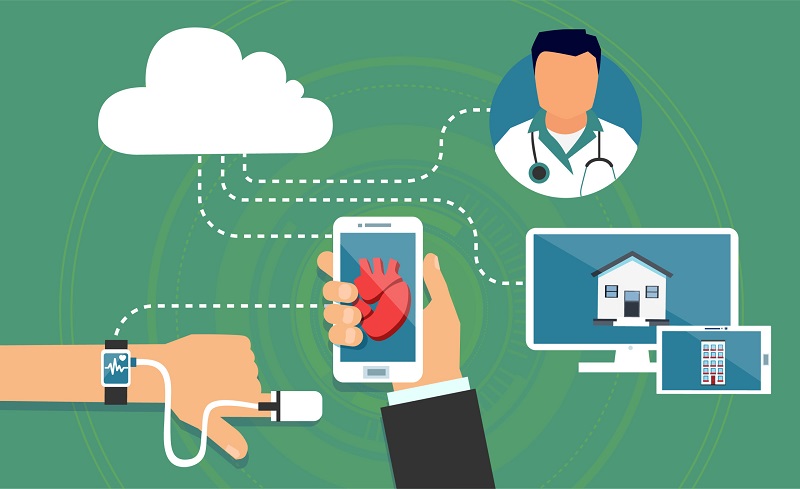IoT Medical Devices Market: Innovation Will Boost Healthcare Industry

Global IoT Medical Devices Market: Overview
The necessity for controlling costs in healthcare delivery, as well as a growing focus on active patient involvement and patient-centric care delivery, is estimated to drive the expansion of global IoT medical devices market. Moreover, government measures to promote digital health are likely to boost demand development in the global market during the forecast period.
In the last few decades, the overall cost of healthcare delivery has risen by double digits. The key causes responsible for the large growth in healthcare expenses include increasing premiums of health insurance, escalating demand for excellent healthcare services, the growing elderly populace, and the growing prevalence of chronic conditions throughout the world. The significant reliance on traditional and technologically obsolete clinical equipment, which increase medical mistakes, patient readmission, and administration expenses, are also key contributors to this trend.
Product, type, connectivity technology, end user, and region are important factors in the market that has been considered for the classification of the global IoT medical devices market.
Global IoT Medical Devices Market: Notable Developments
Surgical Theater and Medtronic formed cooperation in 2021 to integrate SyncAR augmented reality (AR) technology by Surgical Theater with Medtronic’s StealthStation S8 surgical navigation system.
Some of the major players in the global IoT medical devices market are as mentioned below
- International Business Machines Corporation
- GE Healthcare Ltd.
- Koninklijke Philips N.V.
- Boston Scientific Corporation
- Johnson & Johnson Services, Inc.
- Cisco Systems Inc.
Global IoT Medical Devices Market: Key Trends
Below-mentioned developments, restraints, opportunities, and drivers are anticipated to characterize the global IoT medical devices market
Rise in Chronic Diseases and Favorable Government Policies to Propel Growth of the Market
The rising need for cost-effective services in the medical and health care industries for patients is one of the major factors estimated to drive sales opportunities in the global IoT medical devices market. Aside from the rise in incidence of chronic diseases such as diabetes, cancer, arthritis, and cardiovascular disorders, hospitals and clinics are becoming increasingly overburdened. The rising number of new medical centers and hospital openings is expected to provide greater prospects for expansion in the coming years.
Aside from that, patient care and engagement are becoming increasingly important, which is boosting the industry as more and more individuals choose IoT medical devices for their loved ones’ proper hospital treatment. The increasing emphasis on patient safety is projected to offer up new opportunities for the entire industry.
In the years to come, the development and use of high-speed internet and networking technologies, as well as the growing use of smartphones, tablets, and various other mobile applications, are expected to boost the market for IoT medical devices. Various governments are also taking more measures and contributing more funds to develop health infrastructure as well as medical healthcare delivery. In addition to that, the high implementation costs of linked medical equipment and its related infrastructure are expected to bring in more revenue in the years to come.
Global IoT Medical Devices Market: Geographical Analysis
Due to significant technological improvements, North America is expected to account for a large portion of the global IoT medical devices market, and this trend is projected to continue. Additionally, sales in the regional market are likely to increase as major firms increase their investments and favorable government policies are implemented. Market demand is likely to be driven by a rise in the frequency of chronic illness patients and an upsurge in demand for cost-effective disease treatment. However, Asia-Pacific is predicted to rise at a high rate during the forecast period. This is mostly due to rapidly evolving healthcare infrastructure in developing nations like China and India, as well as a huge patient population, more public understanding, and increased healthcare spending.









